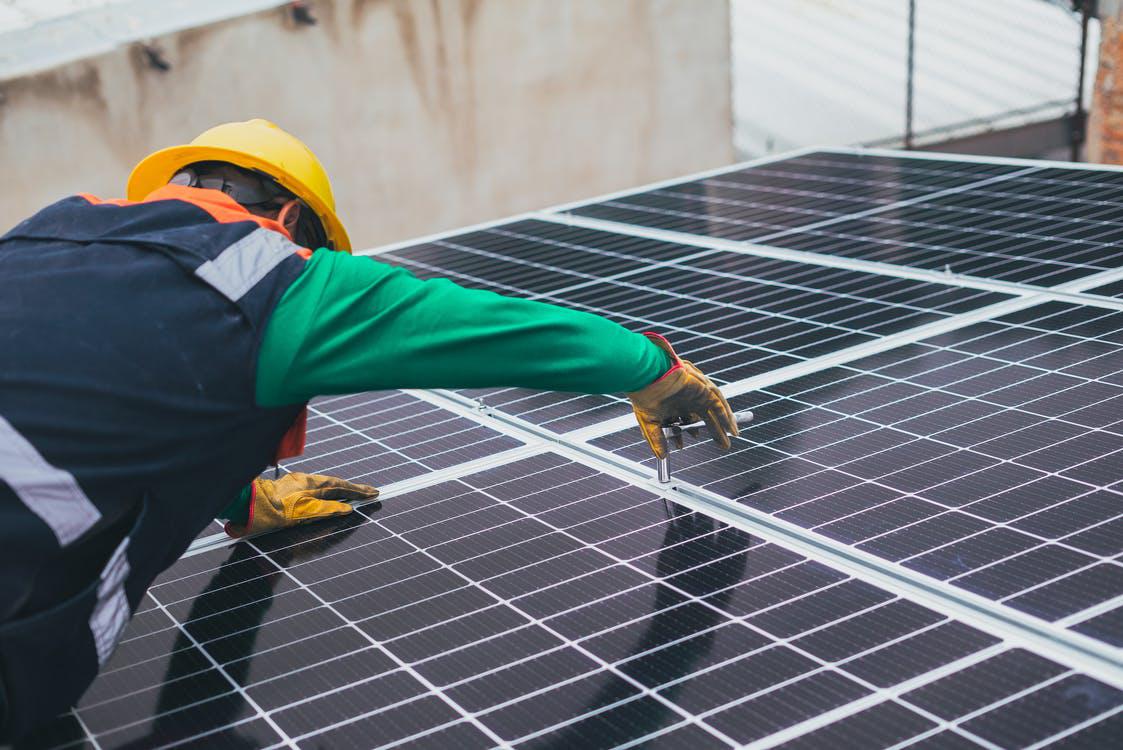
Photo by Los Muertos Crew from Pexels
Eco-friendly living is a term used to describe the act of living in a way that minimizes one’s negative impact on the environment.
The benefits are clear. By being eco-friendly, you save money by cutting energy costs and reducing your carbon footprint. You are also reducing your risk of health problems caused by pollution.
With the rising cost of energy bills, many people are looking to cut their energy costs. This article will explore some eco-friendly ways to do so.
What is Eco-Friendliness?
Eco-friendliness is a term used to describe the process of being environmentally friendly. It has been around for many years although it has gained more popularity in recent years. Many people are switching their living arrangements to further their eco-friendly impact.
One of the most popular choices is eco-friendly steel housing. Modular steel housing often comes equipped or designed to be as energy-efficient and sustainable as possible.
How can we benefit from being Eco-Friendly?
There are many benefits to being eco-friendly. We can save money on our energy bills, help protect the environment, and do our part in reducing global warming.
The benefits of being eco-friendly are plentiful. It has been proven that it is good for the environment and your wallet. From cutting down on your energy costs to lowering your monthly utility bills, there are many ways to save money and still be eco-friendly.
Some people might think that going green means compromising on the luxuries in life and living a more Spartan lifestyle. Not true! Steel structures and other eco-friendly show us that it is possible to live in luxury and still be eco-conscious.
There are plenty of eco-friendly ways to cut energy costs while still enjoying all the comforts you have grown accustomed to in life.
There are many ways to be more eco-friendly and reduce energy use in your home. Here are some tips for you to consider:
1. Use Energy Star products when possible.
2. Turn off lights when you leave the room.
3. Install compact fluorescent light bulbs in your home or office.
4. Turn down the thermostat in your house during the day and turn it up at night to save on heating costs during winter months and cooling costs during summer months.
5. Use natural light as much as possible by opening curtains, using skylights, or installing natural light bulbs where appropriate (e.g., near windows).
Energy Star Products
Energy star products come with a guarantee that they use less energy than their other regular counterpart. Energy star products are built to different standards to have less of an impact on the environment and your energy costs. They’ll cost more initially but save more money in the longer term.
Lights
Many of us don’t consider the impact of the energy usage of lights if we leave them switched on when we leave the room. These small amounts add up quickly and lead to a much bigger bill than you might imagine.
As an added extra, you should consider changing the lightbulbs you have in the home to LED or low-light energy-saving light bulbs. This will further aid your efforts to reduce energy usage and see a saving.
Natural light is free, and it is better for us than artificial light. If you have the capacity to do so, make the most of the natural light for as long as possible in the day without turning to artificial energy sources in your home. For privacy, you can add frosted glass stickers that will still allow plenty of light in and softly diffuse it through the room.
Heating
It can be challenging to keep your home at a comfortable temperature, and indeed, during the winter, this can cost much more money. When it comes to warmth in the winter, it is more beneficial to wear extra layers and turn the thermostat down. This will depend on the natural weather in your country of residence, though.
Becoming more eco-friendly can take time, but it is worth the effort for both your bills and the planet.